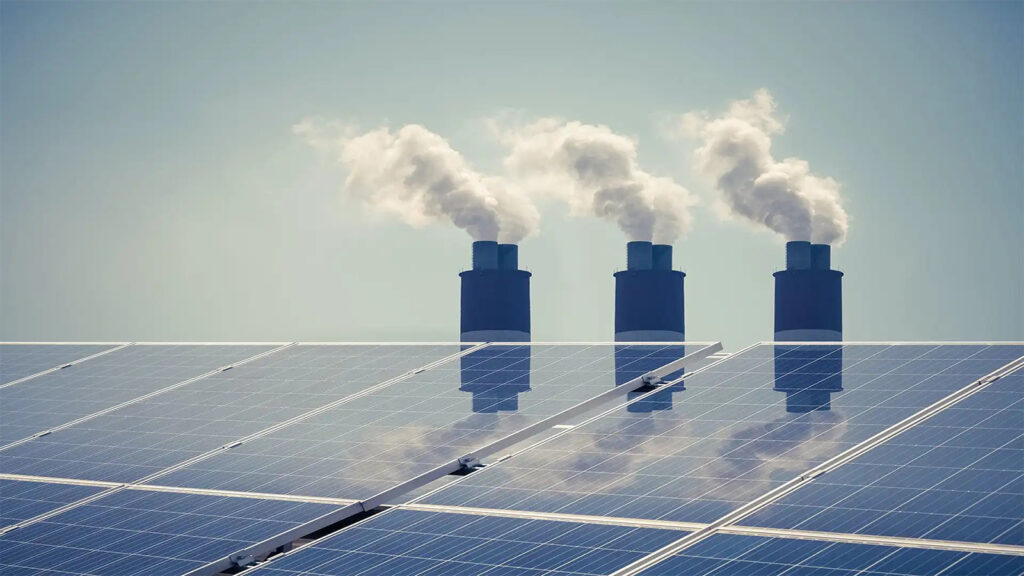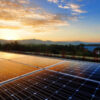PV power generation uses solar light, and uses solar cells to convert light energy into electrical energy. PV power generation consists of three main subsystems: PV array, DC-AC converter (inverter) and battery energy storage system.
Content
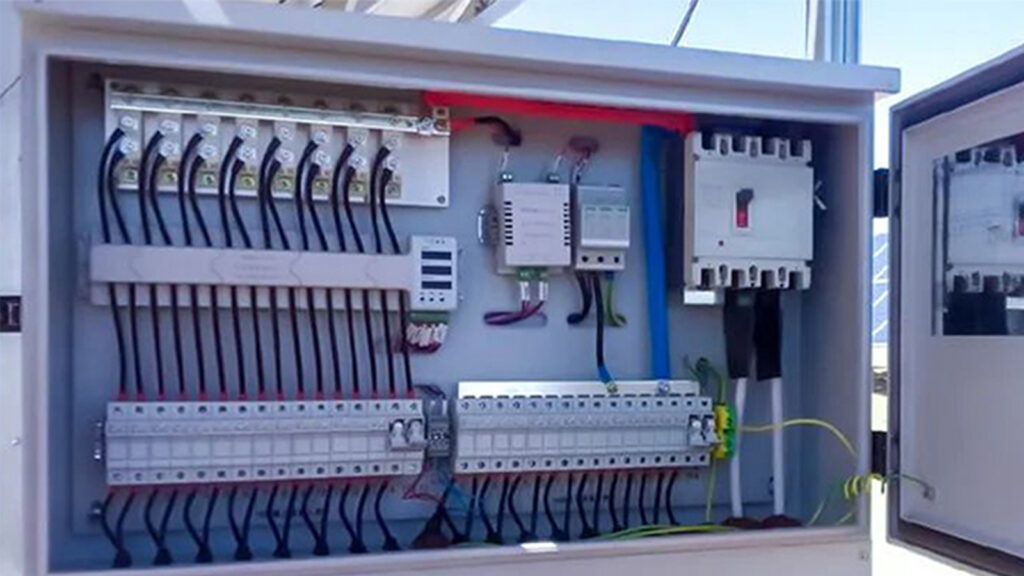
PV Power Generation is a system that uses the photoelectric effect to turn energy from the sun into electricity. This process is based on the effect of the PV cell.
Using solar panels, it turns light straight into DC power. Then, a converter changes this DC power into AC power. The grid or other places that need power then use this AC power.
Specifically, the PV module is the core part of the PV array, which consists of multiple solar panels. When sunlight hits a PV panel, the photons can excite electrons, forming an electric current.
The panels are connected by wires between the anode and cathode. They are assembled in series or parallel to form a PV array. The current is sent to the inverter through a cable for conversion.
Inverters change the direct current that a PV array makes into alternating current so that it can be used in a home, business, or the power grid. In some cases, the electrical energy generated by PV arrays needs to be stored in industrial stacks. So, PV panels are often paired with energy storage systems so that they can continue to send power to the grid at night or when the weather is bad.
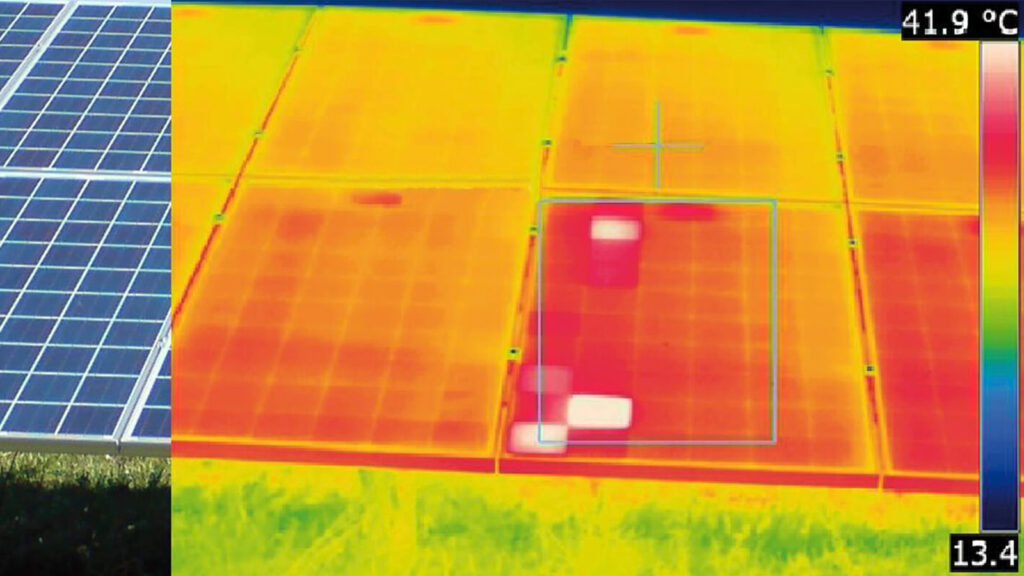
The main equipment required for PV power generation includes:
- PV panels: convert sunlight efficiently into electricity.
- Inverter: Converts DC power to AC power to meet indoor power requirements.
- Battery energy storage system: It can be selected according to actual needs to realize energy storage of PV power generation.
- Bracket and frame: The support frame and support structure used to install PV panels.
- Cables and junction boxes: connect and transmit PV panels, inverters and battery energy storage systems.
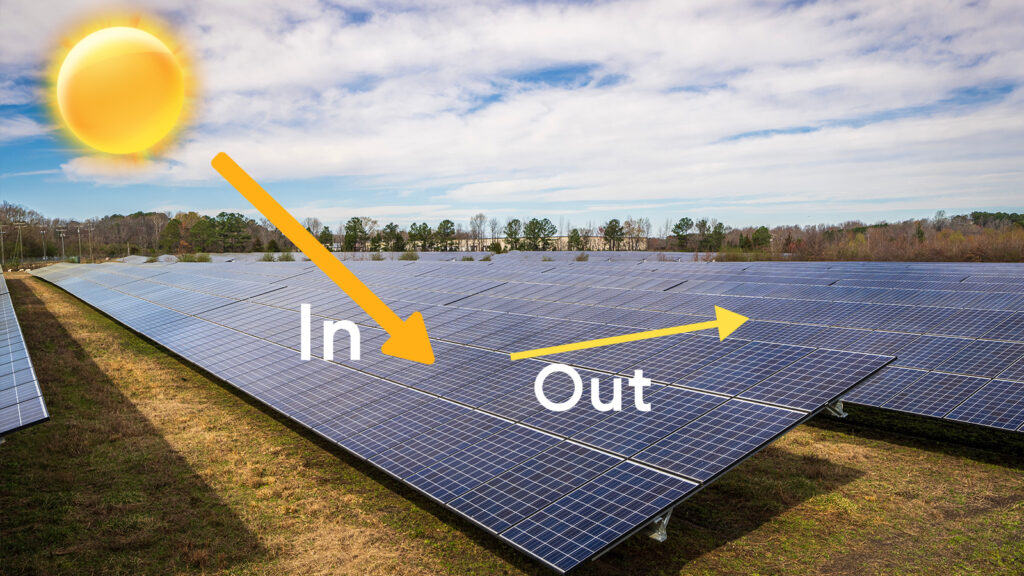
To calculate PV power generation, we must consider factors like the array’s installed capacity, sunlight time, and temperature. The formula to calculate PV power generation is: PV power generation = installed capacity of PV array times total solar radiation times power generation efficiency of PV modules.
The total amount of solar radiation can be estimated according to geographical location__ and meteorological data.
The power generation efficiency of PV modules depends on the design and quality of PV panels.
PV power generation is the total amount of electricity generated by a PV power plant, usually measured in kilowatt-hours (kWh).
The basic formula for calculating PV power generation is:
PV power generation = installed capacity of PV panels × total solar radiation × power generation efficiency of PV modules
PV power generation is explained as follows:
Placed capacity of PV panels: the size of the PV panel placed in a PV power station, usually measured in watts (W). For example, a 10 kilowatt PV power station is 10,000 watts.
Solar radiation intensity: The solar radiation intensity refers to the solar energy received per unit time per unit area. It is usually expressed as the solar energy received per hour per unit area (kWh/m2/h). The intensity of solar radiation depends on factors such as geographical location, season, weather and time.
Efficiency of PV modules: The efficiency of a PV module indicates its ability to convert solar energy into electricity. The efficiency of a PV module is usually expressed as a percentage, indicating the conversion of incident sunlight into electricity. Different types of PV modules have different levels of efficiency, with typical efficiencies ranging between 15% and 20%.
Installed capacity of a PV system: The installed capacity of a PV system refers to the total power of the solar panels installed in the system. It is usually expressed in kilowatts (kW) or megawatts (MW). The installed capacity depends on the number of PV panels and the power of each panel.
Power generation time: The power generation time refers to the time when the PV system actually operates and generates electricity. It can be hours per day or hours per year, depending on your needs and goals. Generation times are affected by weather, season, system maintenance and cleaning, and other factors.
Power generation formula needs to pay attention to:
This formula is a simplified calculation method, only considering the basic factors. In real-world applications, things like the effect of temperature on PV panels, shading, angle of tilt, area use, and system losses need to be taken into account to get more accurate estimates of power production.
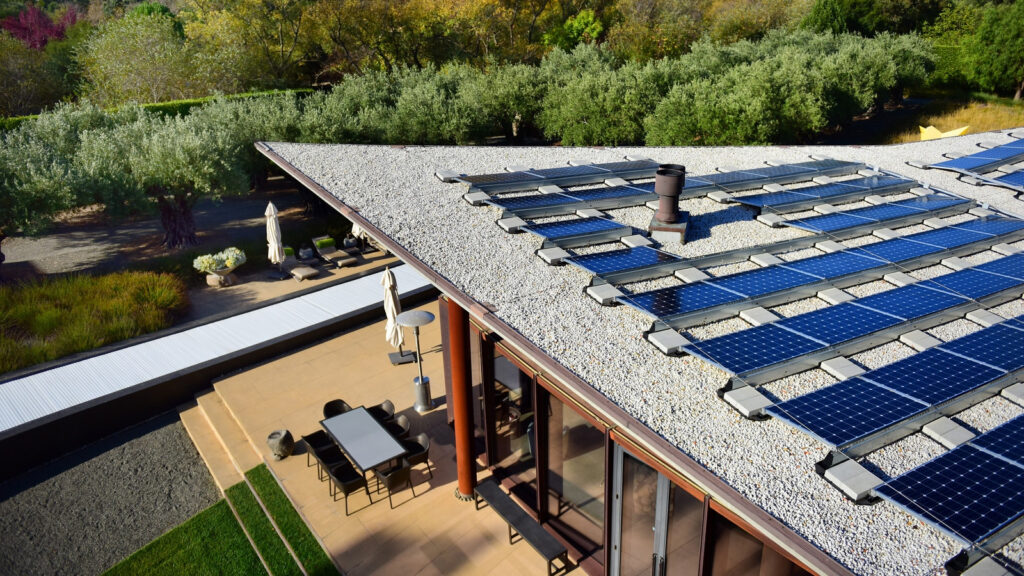
Example of power generation formula:
The installed capacity of a PV power station is 100 kilowatts, the average total solar radiation in this area is 1500 kWh/m2/year, and the power production efficiency of PV modules is 18%. Here’s how to figure out how much electricity it makes each year:
PV power generation = 100kW × 1500kWh/m2/year × 18% = 27000kWh/year
Therefore, this PV power plant will be able to generate 27,000 kWh of electricity per year. The actual power generation will be affected by factors in actual operation, such as weather, temperature, loss, component aging, etc.
As a photovoltaic module manufacturer with 15 years of professional experience, Maysun Solar can provide you with high-quality solar panels. Click the button below to contact us and get a product quotation.

Will Agrivoltaics Affect Crop Growth?
Agrivoltaics combines solar energy and agriculture to reduce up to 700 tons of CO₂ per MW, improve water use, and boost crop growth for sustainable farming.

6.5 Billion Loss Hits Photovoltaics: Reshaping or Elimination?
In 2025, the photovoltaic market may see a turnaround as some companies take early action. A €6.5 billion loss is driving businesses to explore new growth areas like energy storage and hydrogen. Which giants will break through? Industry transformation is accelerating!

What’s New in Solar Energy (March 2025)
March’s solar news highlights include rooftop solar meeting two-thirds of global demand, China’s market reforms potentially boosting solar demand and module prices, France revising solar targets in PPE 3, and challenges in Europe with declining capture rates and price volatility.
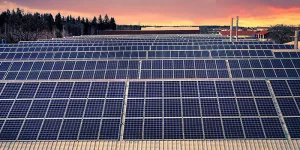
Zero-Investment Solar Projects: How to Earn Passive Income Through Rooftop Leasing?
Monetize your idle rooftop and earn stable annual rent! With the photovoltaic rooftop leasing model, businesses can generate long-term revenue without investment, reduce operating costs, and achieve a green transition.

How to Optimize Photovoltaic Power Plant Operations with AI and Big Data
This article explores three methods of using AI to enhance power generation revenue and reduce operation and maintenance costs in intelligent photovoltaic operations.

Solar Module Costs May Rise by 10% in 2026! In-Depth Analysis of CBAM’s Impact on the Industry
Table of Contents Introduction to CBAM 1. Why Did the EU Introduce CBAM? As the challenges posed by global climate change intensify, governments worldwide are accelerating their efforts to achieve carbon neutrality. The European Union, a leader in global carbon reduction initiatives, introduced

